It all started when I saw the Osprey that Doodles and Jots photographed near her home in Cape Cod. Several weeks prior (5 to be exact), I spotted an Osprey in North Captiva, Florida. Could it be the same Osprey? Probably not, but it was fun to speculate.
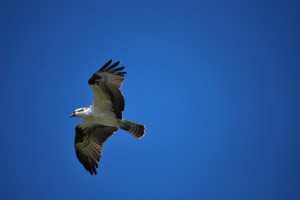 Osprey in North Captiva, Florida
Osprey in North Captiva, Florida
But people do exactly this. Especially those at The Raptor Center at the University of Minnesota like Mark Martell.
Mark’s work elucidated several patterns in Osprey migration across North America. The Pacific Northwest birds all make a non-stop sprint migration over the western deserts and winter in Mexico and Central America. None of these birds went as far as South America.
East Coast birds all go down the east coast, some fairly far inland, some along the coast proper, to the tip of Florida, over to Cuba, and then on to Hispaniola (Haiti and the Dominican Republic). Some winter in the Caribbean, but the majority make the 4-500 mile trip across the Caribbean to Venezuela. From there, they scattered across much of the South American continent, some going as far as the Pantanal in Paraguay and Southwestern Brazil. Some truly overachieving birds even make it to Argentina!
There are some very rare exceptions–two birds we have followed got to Cuba and went west to Central America and then on into South America via the Isthmus of Panama, and one of our 2006 birds went due south from Cuba to Jamaica and on to Panama–a crossing of over 700 mi.
Birds that we have followed for several migrations tend to be as faithful to their wintering spot in South America as they are to their nesting area up north.
Males and females take separate vacations, which someone waggishly suggested is the reason they can stay mated for life. The young travel on their own when they head south. They do not follow their parents, but work on pure instinct, apparently following a fairly simple two-line program: Go south and stay over land as long as possible. This gets them to the Keys in Florida, the southeastern tip of Cuba, and many of them to the little peninsula on the south coast of Hispaniola.
The young remain on their wintering grounds for an extra year, not returning until just before their first “hatch day”. They’re not going to breed until they’re 3 or 4 anyway, so we suspected they may use the extra time to locate a reliable fishing spot for future migrations, but our growing data set for young birds suggests that they’ve already settled down well before their “extra” year in the tropics, so it may just be an adaptation to avoid the risks associated with a 3000+ mile trip.
So it seems that Doodles and Jots’ Osprey has a permanent home near her. That is so cool!
Have I hooked you on Osprey and their migration? Let me keep trying!
My kids and husband saw an Osprey hunt in Florida two years ago though we were not able to capture it on video.
Really Great Video of Osprey Hunting
Bird Migration Children’s Books
Here are some great children’s books focusing on bird migration. Ok, they are not Osprey but a cousin, the Peregrine Falcon, and also the Artic Tern.
Frightful’s Mountain by Jean Craighead George
It is illegal to harbor an endangered bird, so when Frightful returns to Sam, the boy who raised her, he has to chase her away. Frightful doesn’t know how to live alone in the wild, and she can’t feed herself, mate, brood chicks, or migrate. She struggles to survive and gradually learns to enjoy her new freedom. But Frightful feels a bond with Sam that can never be broken, and more than anything else, she wants to return to him.
My Side of the Mountain Trilogy (My Side of the Mountain / On the Far Side of the Mountain / Frightful’s Mountain) by Jean Craighorn George
In 1959, Jean Craighead George published My Side of the Mountain. This coming-of-age story about a boy and his falcon went on to win a Newbery Honor, and for the past forty years has enthralled and entertained generations of would-be Sam Gribleys. The two books that followed–On the Far Side of the Mountain and Frightful’s Mountain–were equally extraordinary. Now all three books are available in one deluxe yet affordable volume for veteran devotees and brand-new fans alike.
The Peregrine’s Journey: A Story of Migration by Madeleine Dunphy
The Peregrine’s Journey vividly describes one of the most remarkable feats in the animal kingdom. Beginning in Alaska and ending two months later in Argentina, the peregrine falcon’s annual migration is an 8,000-mile flight across the Americas. This beautifully illustrated book allows young readers to follow one bird on its journey. Based on the actual migration of a real bird that was tracked by the U.S. Fish and Wildlife Service, the book is filled with amazing facts about the bird’s diet, habits, and navigational abilities, as well as stunning views of the many habitats the peregrine visits along the way.
Time to Move South for Winter by Clare Helen Welsh, illustrated by Jenny Lovie
The world’s longest winter migration winner is a very small bird, the Arctic Tern. The Arctic Tern is joined by other animals heading south from the Arctic including Humpback Whales, Canadian Geese, Caribou, Leatherback Turtles, and Monarch Butterflies. This picture book. beautifully captures Arctic Tern’s journey from the Arctic to Antarctica, a distance equivalent of three trips to the Moon and back! [picture book, ages 4 and up]
Follow the Flyway: The Marvel of Bird Migration by Sarah Nelson, illustrated by Maya Hanisch
I don’t quite understand the rhyming scheme of the text. Some stanzas rhyme, but most do not. Still, the story of birds that migrate is told in what seems to be mostly lyrical free verse. I prefer the more spare lyrical text of Time to Move South for Winter, but this book has a lot more information about the birds who migrate as well as the path they take, the Flyway. [picture book, ages 3 and up]
I hope this was fun for you too!
p.s. Related posts:
All About Hummingbirds: A Unit for Kids
A Flock of Children’s Books about Birds
Birds of North Captiva, Florida, Saved From Extinction!
Picture Books with Birds as Inspiration or Character
Barcelona: Birds, Pickpocketers, and Barca Futbul
44 Children’s Books on Climate Change and Environmental Justice
To examine any of the items listed, please click on image of item.
As an Amazon Associate, I earn from qualifying purchases.
Follow PragmaticMom’s board Multicultural Books for Kids on Pinterest.
Follow PragmaticMom’s board Children’s Book Activities on Pinterest.
My books:
Food for the Future: Sustainable Farms Around the World
- Junior Library Guild Gold selection
- Selected as one of 100 Outstanding Picture Books of 2023 by dPICTUS and featured at the Bologna Children’s Book Fair
- Starred review from School Library Journal
- Chicago Library’s Best of the Best
- Imagination Soup’s 35 Best Nonfiction Books of 2023 for Kids
Amazon / Barefoot Books / Signed or Inscribed by Me
 Amazon / Scholastic / Signed or Inscribed by Me
Amazon / Scholastic / Signed or Inscribed by Me
BEST #OWNVOICES CHILDREN’S BOOKS: My Favorite Diversity Books for Kids Ages 1-12 is a book that I created to highlight books written by authors who share the same marginalized identity as the characters in their books.

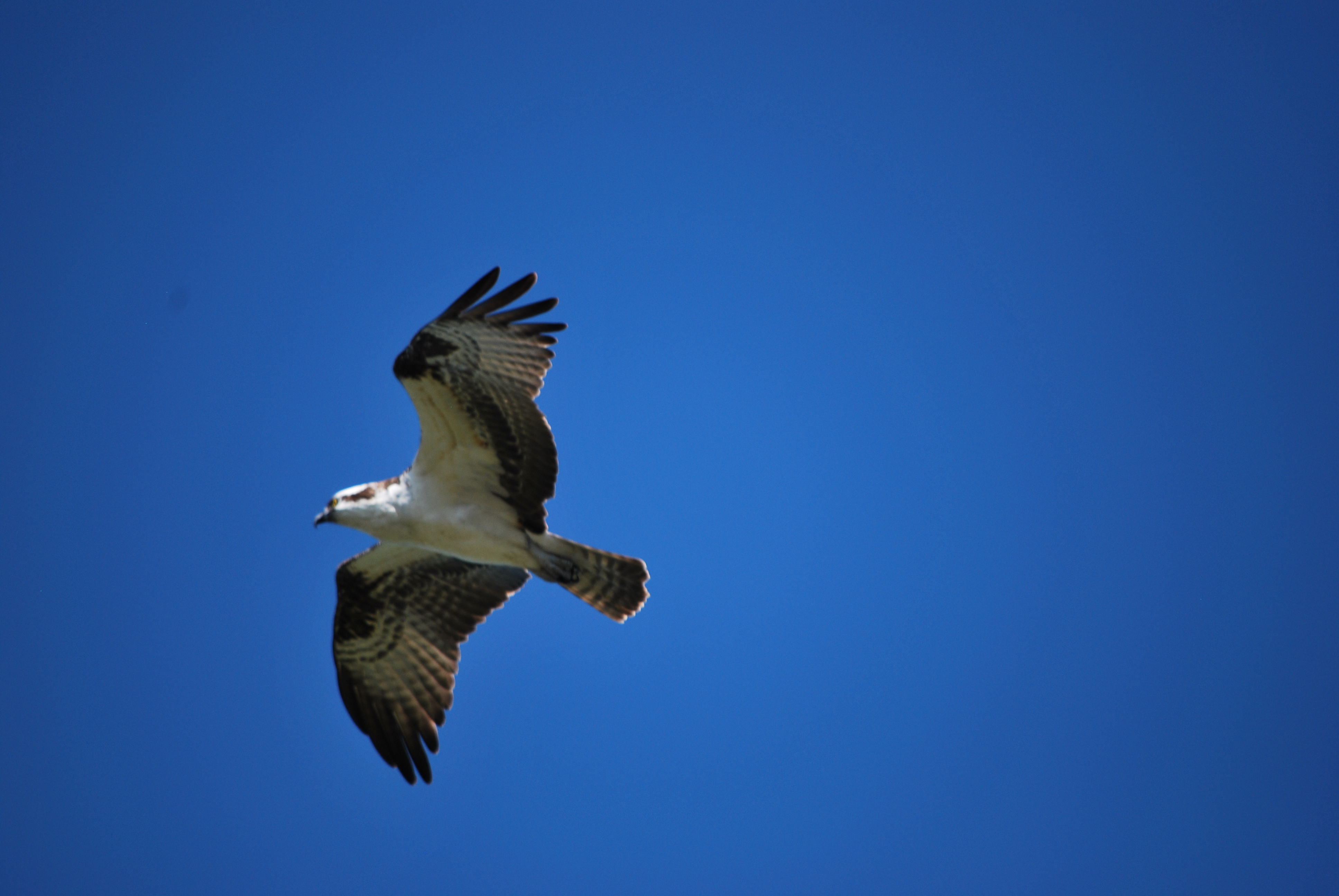
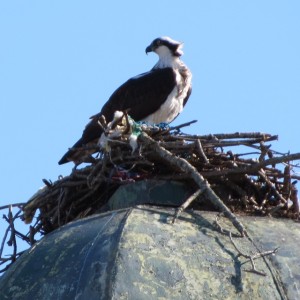




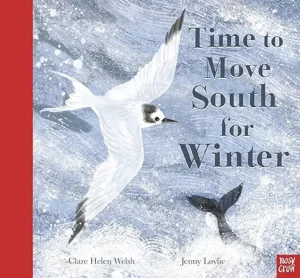
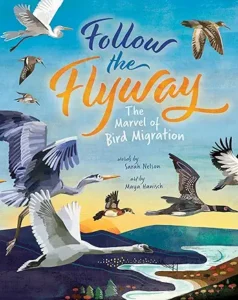


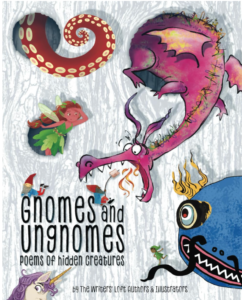








Oh my!!!
Truly amazing! Thanks for the very interesting post and the mention, photo, & link!
Going to link this post to my Osprey post and my bird journal post too!
To Ann,
We should co-post together more! I will try to get more shots of birds (plus learn to ID them correctly) and we should compare or other ideas. We like the same stuff! 🙂
We live on the Columbia river and have several nesting pairs flying overhead all summer long feasting on salmon and the occassional rabbit, apparrently. We were just wondering where they went when they left.
Hi Brenda,
The Osprey are so majestic with their flying and hunting skills, aren’t they? They are amazing to watch! We will try to catch them in Florida when we are then for vacation.